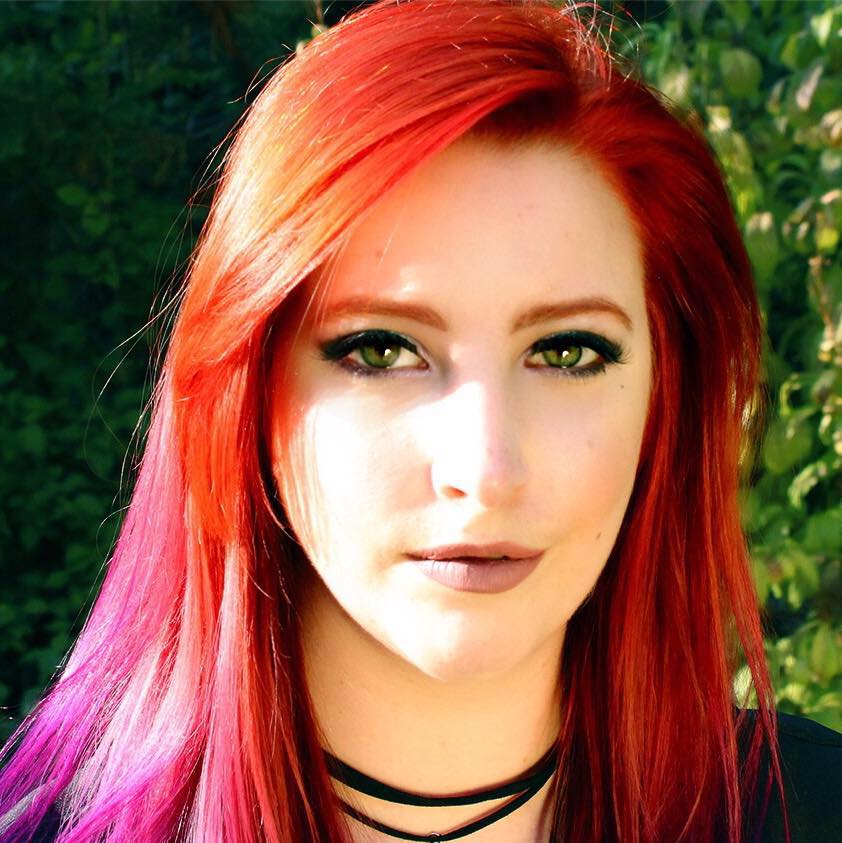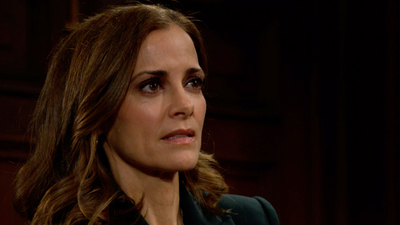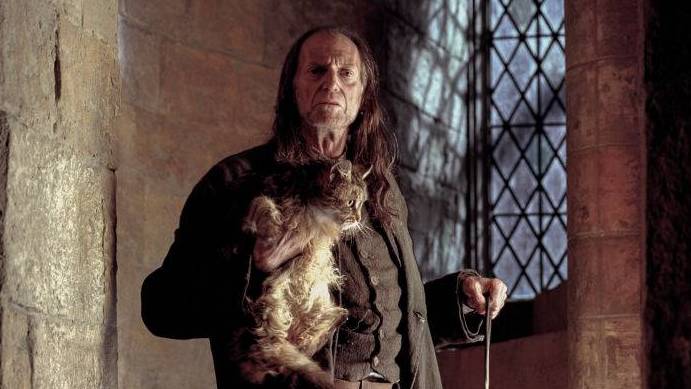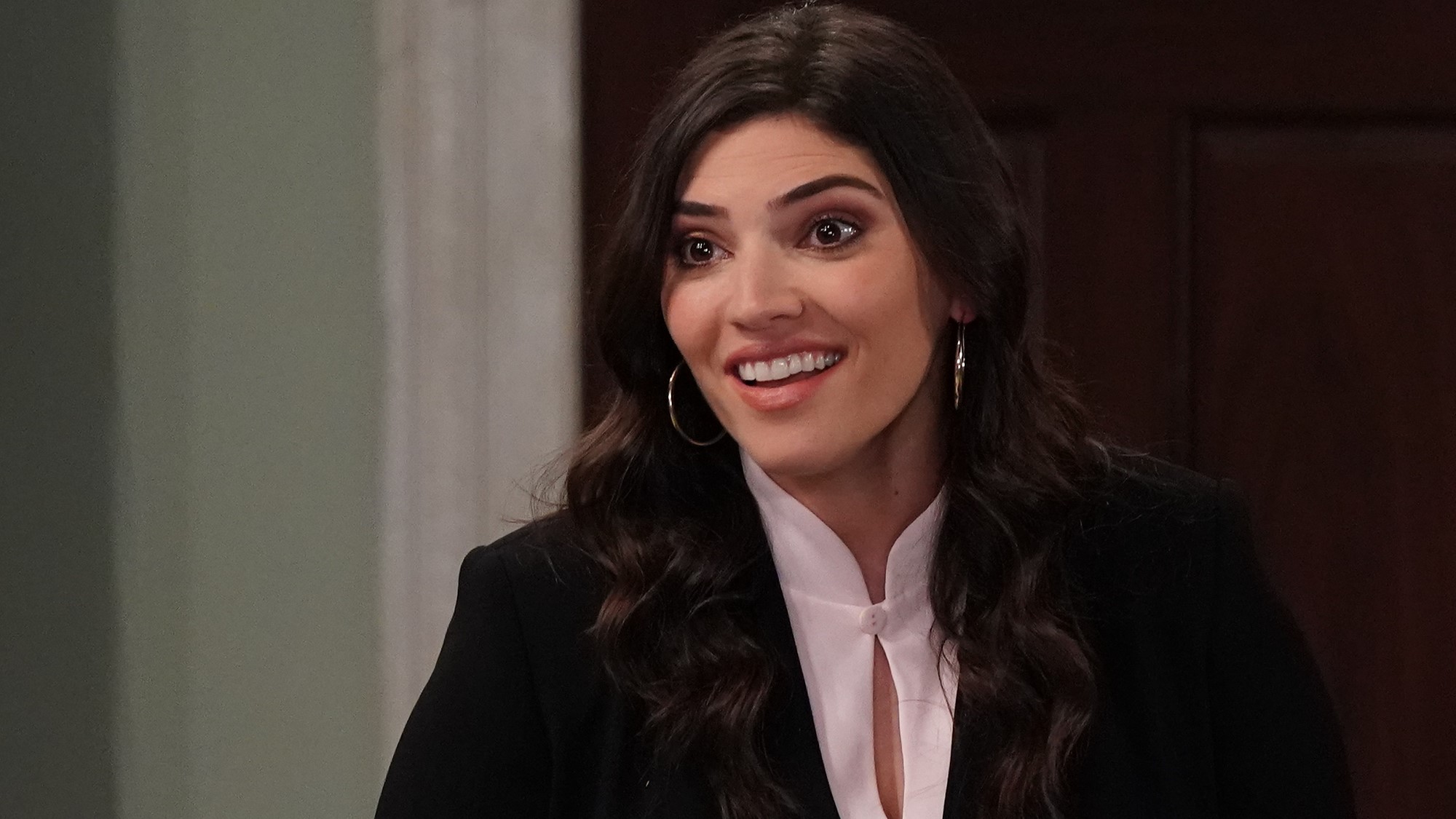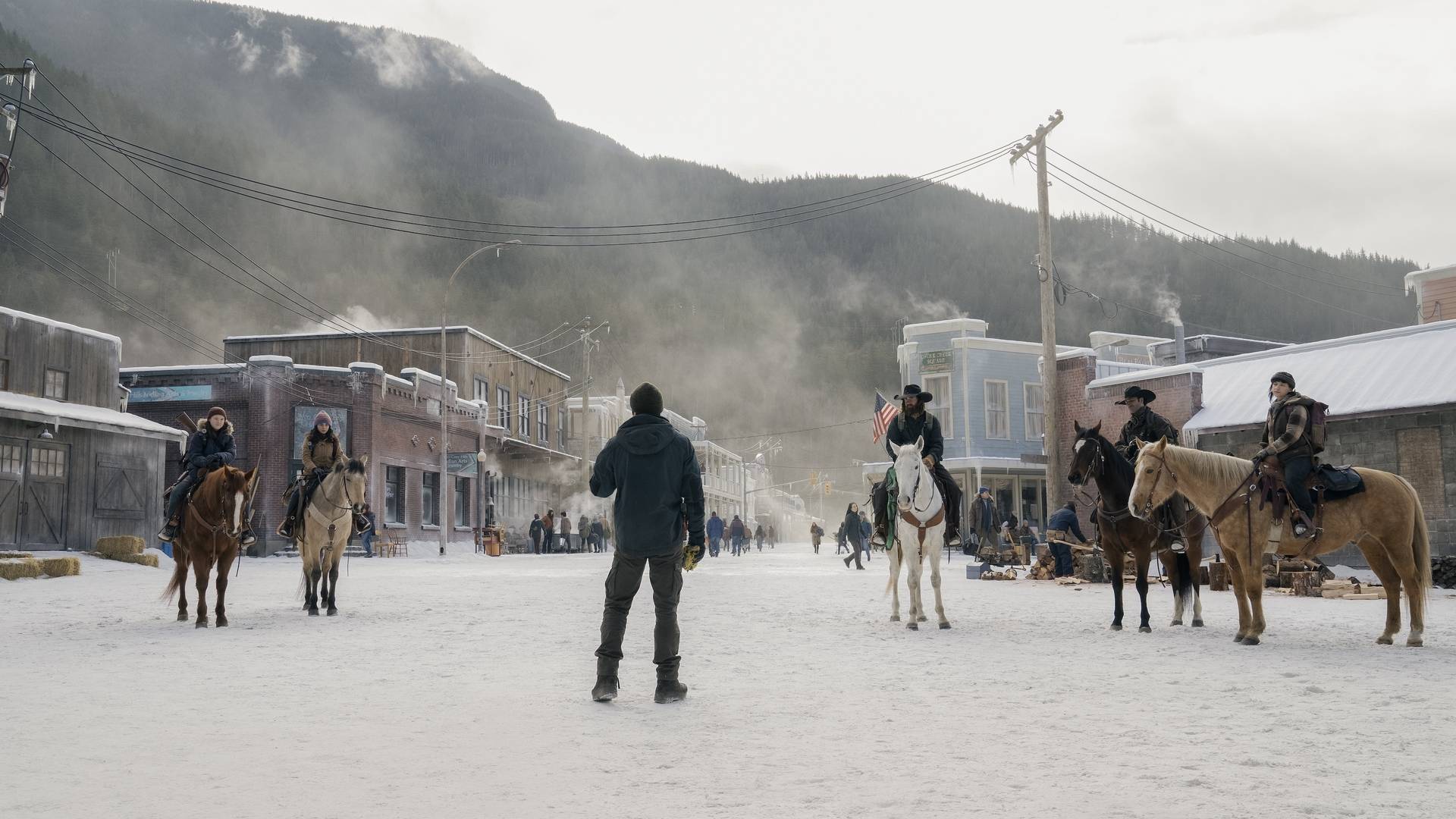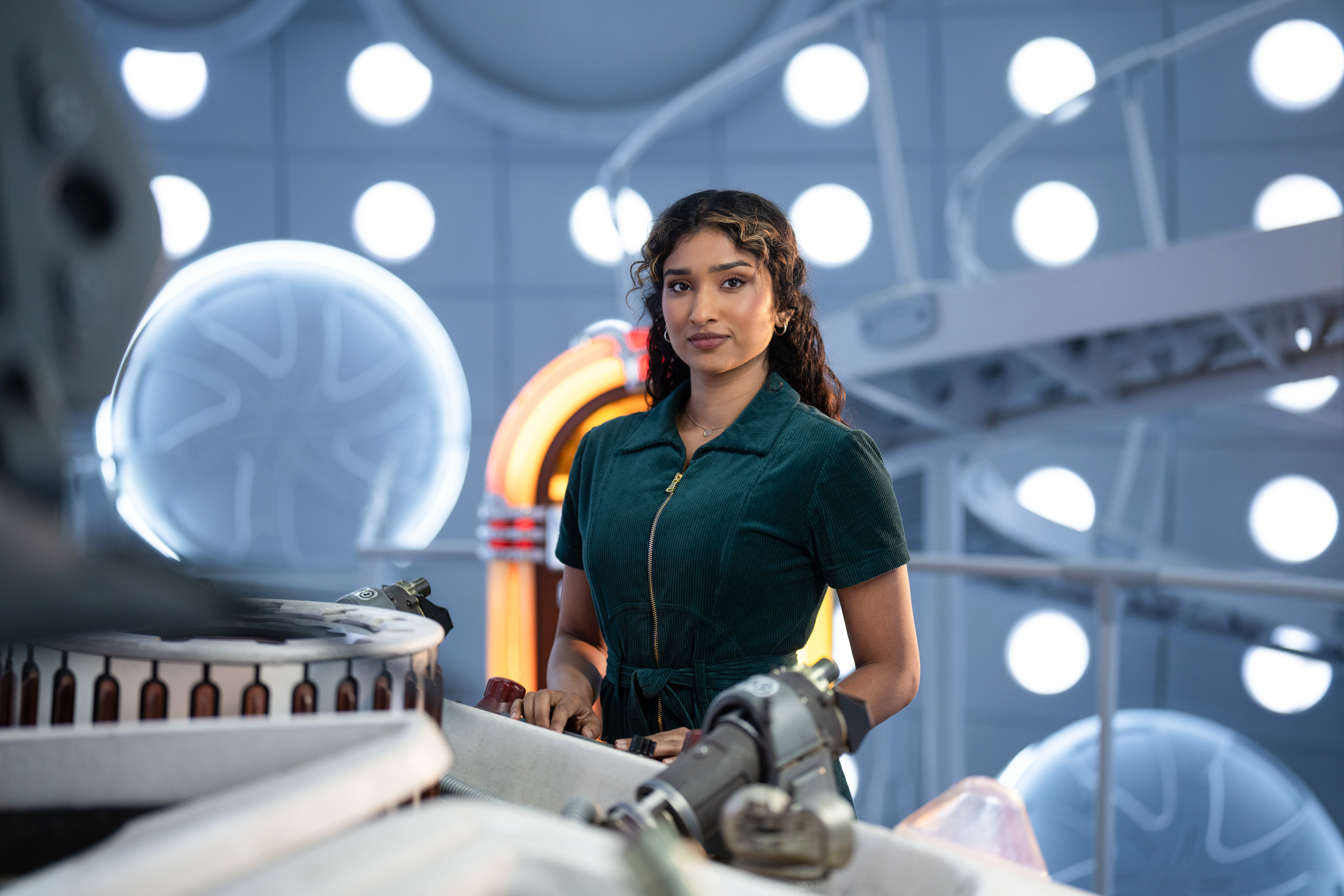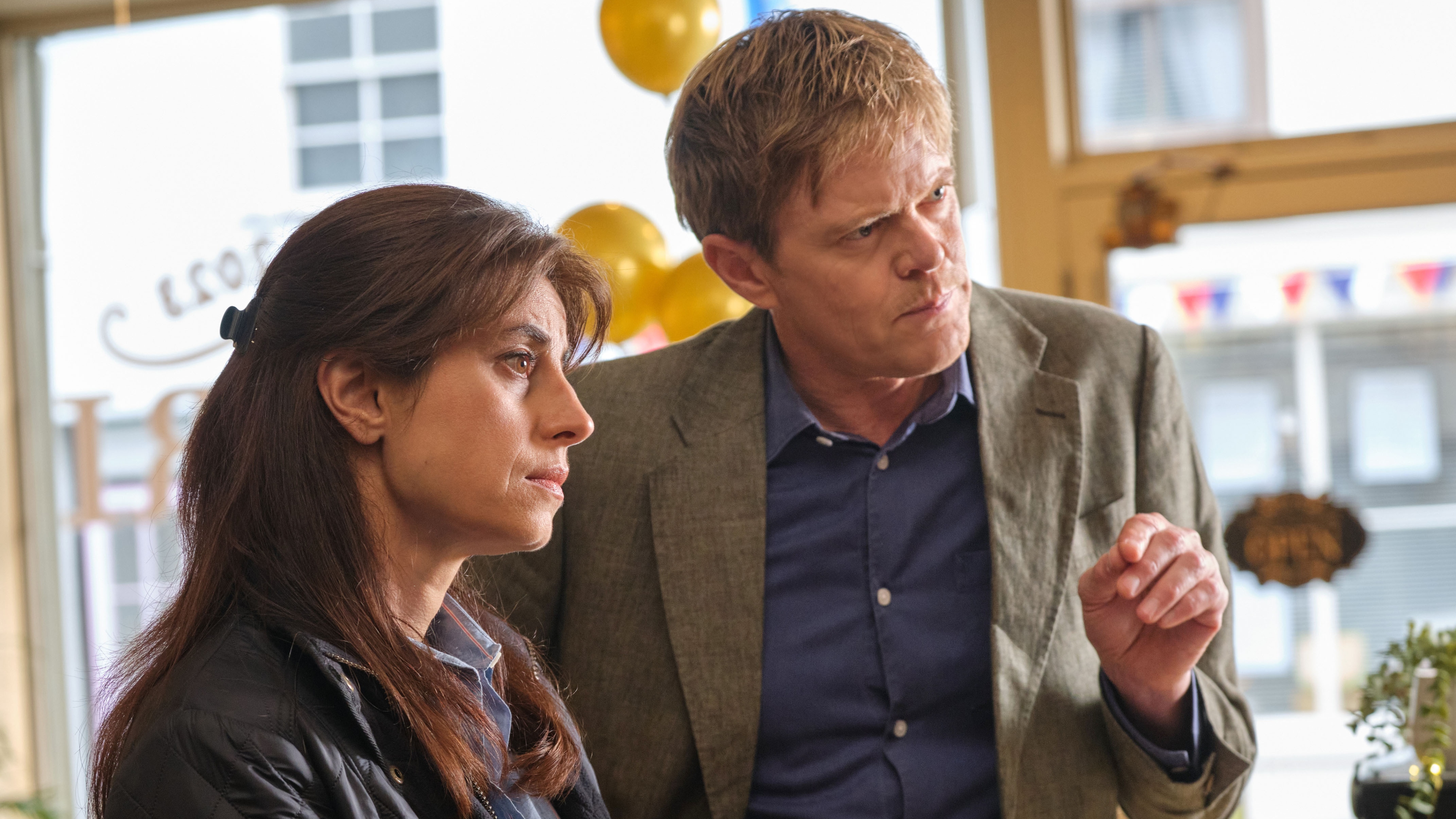Who are the Mandalorians? Exploring the culture of Disney Plus' 'The Mandalorian'
"Mandalorian isn't a race. It's a creed."
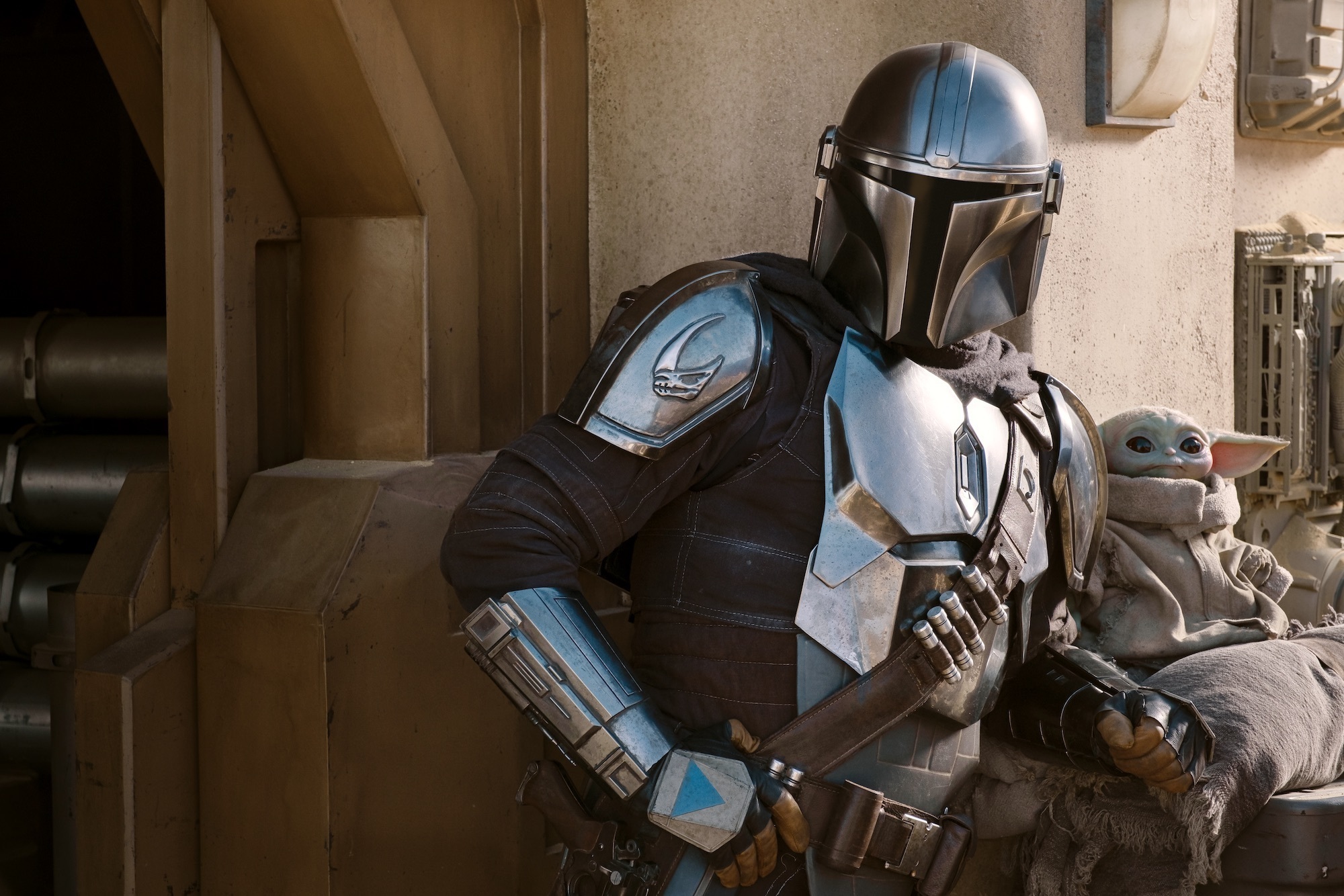
In the first season of The Mandalorian, Mando famously corrects that "Mandalorian isn't a race. It's a creed." Ok, cool, Mando. But that doesn't really answer a lot of our questions. Season 2 of the series will undoubtedly dive into this concept more as we meet the likes of Boba Fett and dive deeper into Mandalorian history, but here's a quick primer for anyone who needs to know now.
The history of the Mandalorians
The Mandalorians hail from a planet called Mandalore on the outer rim of the galaxy. In the early days, they were the some of the most feared warriors in the system, making themselves a name as both mercenaries and bounty hunters. As with all warrior species, their goals eventually shifted to that of expansion and conquering. Forming a group called the Crusaders, the gathering of Mandalorians would devastate several planets, eventually expanding so far as the Inner Rim where they would wipe out entire cultures (such as the natives of Ubduria).
This desire to conquer would eventually bring the Crusaders into conflict with the Jedi Order and the rest of the Republic. It was their clash with the Jedi Knights that led to the biggest advancement in their technologies. The Mandalorians weren't prepared for the likes of the force, and were not a culture to merely accept disadvantages. (Magical, unseen "Force" or no.)
Their conflict with the Jedi was nearly constant and spanned for quite some time, but they did have the occasional ally. Tarre Vizsla was Mandalore-born, but was inducted into the Jedi Order as a child. It was Vizsla who would eventually create the infamous Darksaber (that fancy dark blade you saw Moff Giddeon whip out at the end of Season 1).
The culture of the most feared warriors in the galaxy
As you'd expect from the little history lesson above, combat was a critical cornerstone of Mandalorian culture. With that comes the Mandalorian Code, of whose verbiage we remain unsure of outside of "this is the way." Despite a lack of knowledge on what rules come along with the Code, we know that it can be invoked to settle one-on-one disputes, and to acknowledge battles with opponents of great honor (such as a Jedi Knight). Some Mandalorians insist that their Code does not apply to those who were not born on Mandalore (such as Darth Maul, who would at one point flirt with the culture).
Another key aspect of their culture is the aforementioned Darksaber. It almost becomes a point of worship for some of the Mandalorians, which makes its existence (and the person who is currently in possession of it) in The Mandalorian very, very interesting.
A Jedi Killer Is Only As Good As His Tools
When you're the tough guy on campus, you don't respond well to visiting a new quadrant and meeting someone who can simply flick you into the atmosphere. Cut to the Crusaders realizing that their raw combat ability couldn't hold a candle to the Jedi Order, and the biggest boom in Mandalorian innovation in history.
Get the What to Watch Newsletter
The latest updates, reviews and unmissable series to watch and more!
To deal with their new (self appointed) foes, the Mandalorians created armor out of beskar (resistant to damage but malleable enough to be forged). Not the type to allow themselves to remain on the defensive, they also created a whole arsenal of anti-Jedi tools that would include items like their signature jetpacks, tactical displays, armed gauntlets, magnetized boots, and even sonic repulsers that could mimic a Force push. They favored blasters such as the WESTAR-35, and those fancy jetpacks can shoot missiles.
The fall of the Mandalorians
Ever fight so hard you make your planet uninhabitable? (Not a challenge, Earthlings.) 'Cause that's exactly what The Mandalorians did, and not just because of their ever-constant war with the Jedi. Their issues with the Jedi Knights were many, but there was also a never-ending war between clans on Mandalore. When your sole focus is war, you're gonna bring that war home sooner rather than later.
After a cataclysmic event caused between a gruesome battle between the Jedi and the Mandalorians wiped out the surface of Mandalore and made the planet uninhabitable, the war between the two factions finally came to a close. The Mandalorians were forced to adapt, containing their civilization in what they called dome cities in an abject refusal to abandon the home they had decimated. Some Mandalorians did choose to flee, deciding to occupy on outer-worlds of the Mandalorian sector.
Civil War
After you literally fight your own civilization into oblivion, it's inevitable that a new order will come to pass. Out of the devastation of the cataclysmic event came a call for pacifism from some Mandalorians. The New Mandalorians battled with those who would choose to continue in their warrior ways, and eventually came out victorious to create a more peaceful Mandalore. The Death Watch - worshippers of the Darksaber and protectors of the old ways - formed in response to this victory, refusing to let go of the conquering past that nearly wiped out their civilization. Meanwhile, some Mandalorians who wanted to maintain the old ways simply left, choosing to live out their lives as mercenaries out in the universe on their own.
Hopefully, as The Mandalorian continues, we'll learn more about the New Mandalorians, The Death Watch, and the Old Mandalorians. Mostly because you very much need to meet Satine Kryze - leader of the New Mandalorians and Duchess of Mandalore.
Amelia is an entertainment Streaming Editor at IGN, which means she spends a lot of time analyzing and editing stories on things like Loki, Peacemaker, and The Witcher. In addition to her features and editorial work, she’s also a member of both the Television Critics Association and Critics Choice. A deep love of film and television has kept her happily in the entertainment industry for 7 years.
